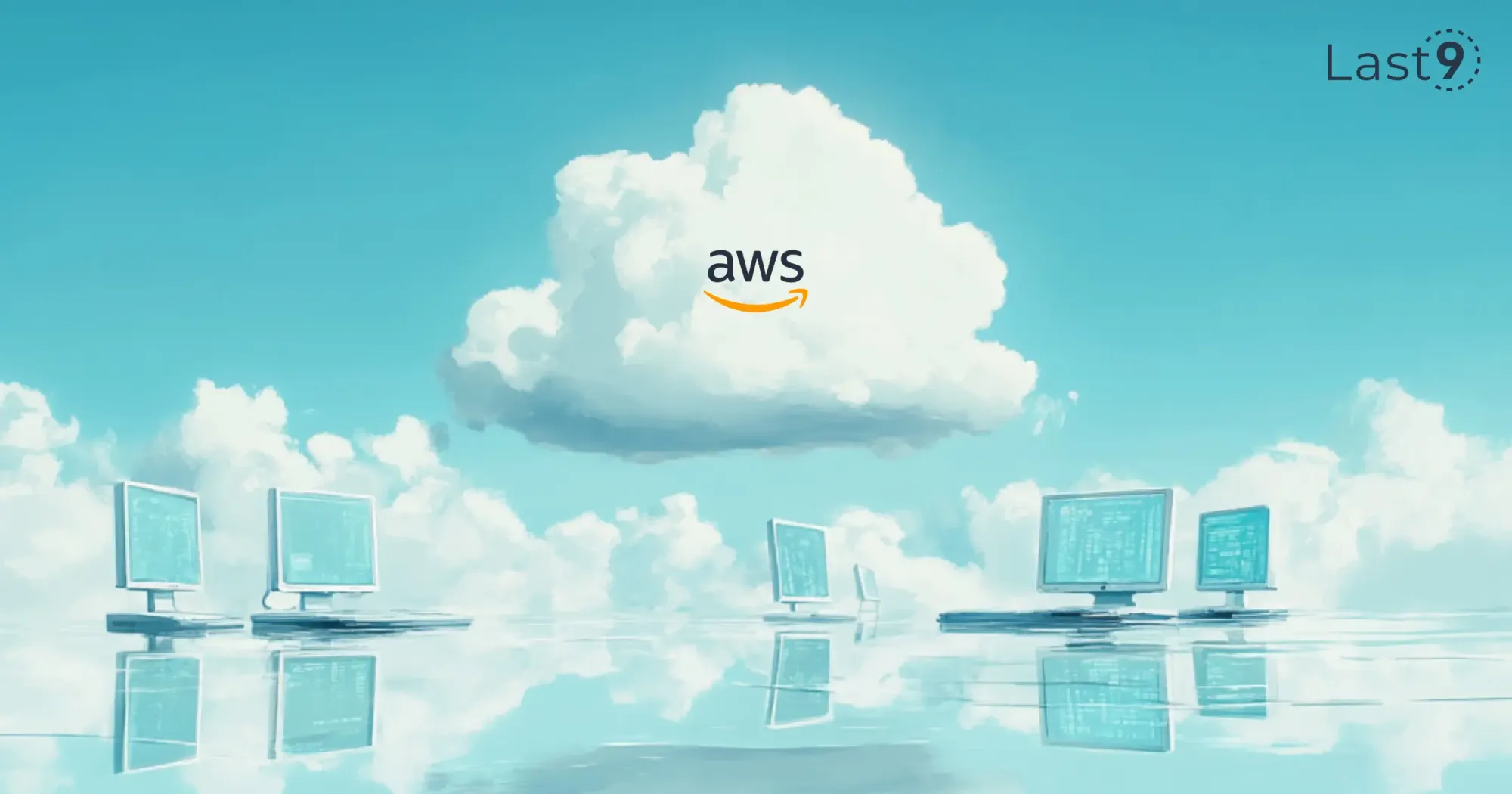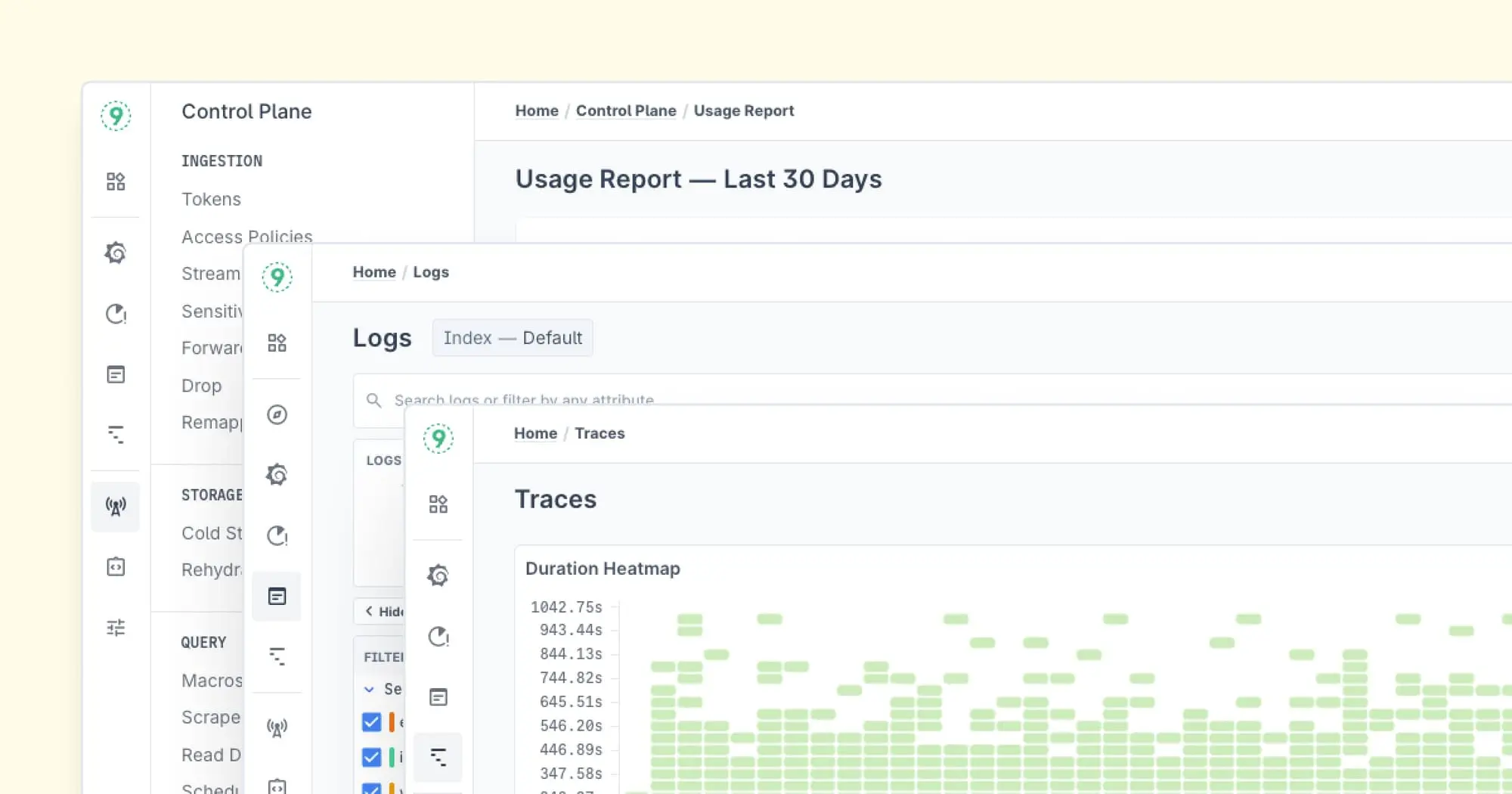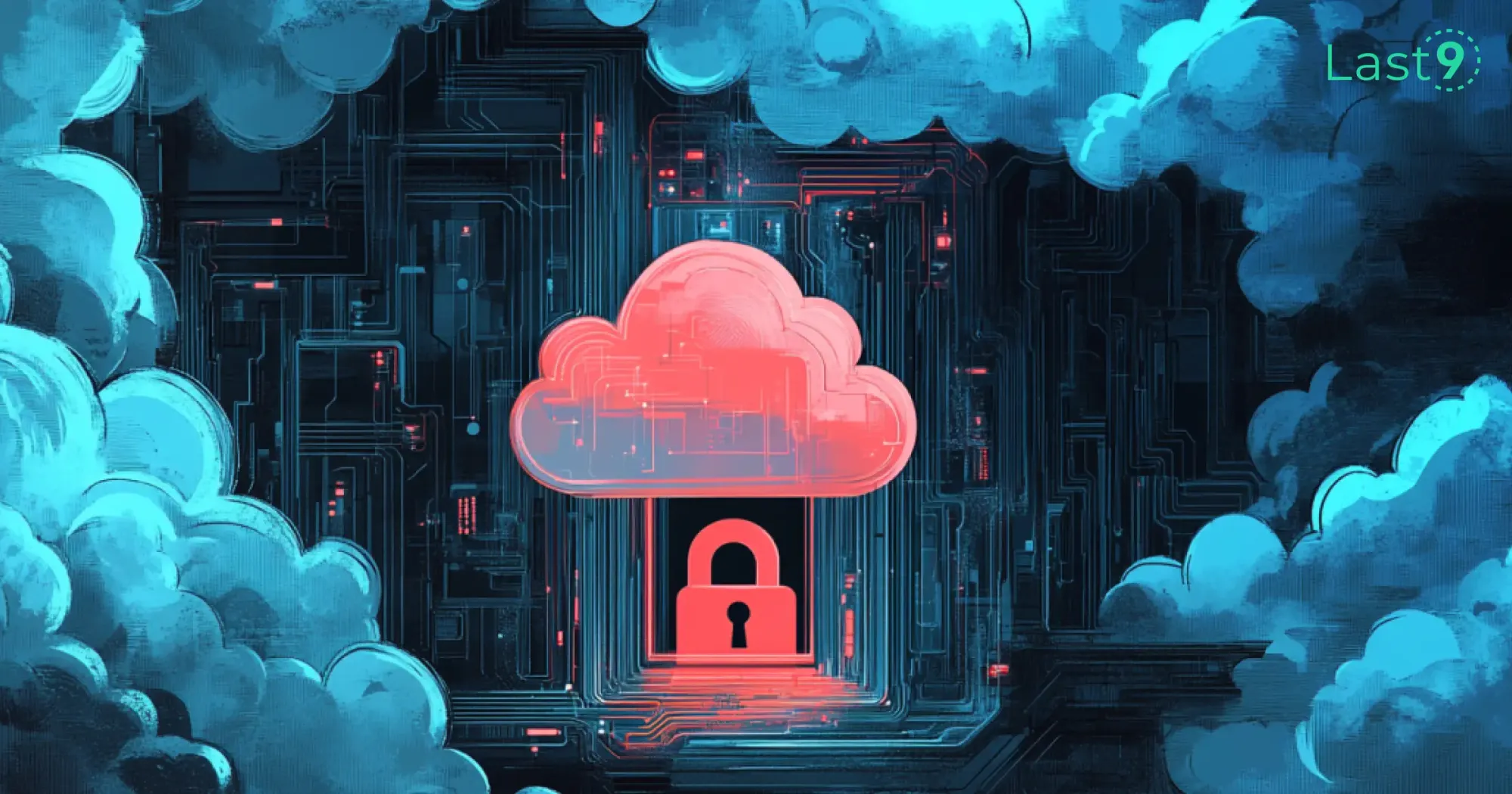As businesses shift more of their operations to the cloud, ensuring the security of these environments becomes critical. Cloud environments offer flexibility, scalability, and cost savings, but they also introduce unique security challenges.
Cloud security monitoring is the practice of protecting sensitive data, maintaining compliance, and securing cloud infrastructure against a growing number of cyber threats. In this post, we’ll explore:
- What cloud security monitoring is
- Why it matters
- Best practices to keep your cloud environment safe
What is Cloud Security Monitoring?
Cloud security monitoring is the continuous process of observing, tracking, and managing security events within a cloud environment. It uses various tools and technologies to detect, investigate, and respond to potential security threats in real-time.
Goals of Cloud Security Monitoring
The primary goals of cloud security monitoring include:
- Ensuring confidentiality, integrity, and availability of data stored, processed, and transmitted within the cloud.
- Addressing the complexity of monitoring in distributed, multi-cloud, or hybrid-cloud environments that require integrated tools and policies for visibility and control.

Why Cloud Security Monitoring Matters
Cloud security monitoring offers several benefits that organizations cannot afford to overlook:
1. Real-Time Threat Detection
Cloud security monitoring continuously scans for suspicious activities, helping organizations:
- Detect unauthorized access or malicious attacks.
- Respond swiftly to minimize potential damage before threats escalate.
2. Ensuring Compliance
Adhering to regulatory frameworks such as GDPR, HIPAA, and SOC 2 is non-negotiable for many businesses. Monitoring helps by:
- Providing continuous auditing and reporting of cloud activities.
- Ensuring security measures align with regulatory requirements, avoiding fines or reputational damage from non-compliance.
3. Protecting Sensitive Data
With vast amounts of sensitive information in the cloud, security monitoring is crucial for:
- Preventing unauthorized data access or exfiltration.
- Identifying potential vulnerabilities before they are exploited.

4. Minimizing Downtime
Security incidents can disrupt operations. Cloud security monitoring helps by:
- Quickly responding to threats to prevent service interruptions.
- Maintaining operational continuity and protecting productivity.
5. Building Trust with Customers
Customers need assurance that their data is secure. Monitoring supports this by:
- Demonstrating that their information is handled securely and in compliance with industry standards.
- Strengthening customer relationships through transparency and trust.
Key Components of Cloud Security Monitoring
Effective cloud security monitoring relies on several core components that work together to ensure a secure cloud environment:
1. Log Management
Cloud services generate massive amounts of log data, including:
- Access logs
- Application logs
- System logs
These logs are rich in information about cloud activities and serve as a critical line of defense for identifying security incidents. Security monitoring systems collect and analyze these logs to:
- Detect anomalies.
- Flag potential threats.
2. Intrusion Detection and Prevention Systems (IDPS)
IDPS monitors network traffic for suspicious patterns that might indicate an attack, such as:
- DDoS attacks
- Brute force attempts
- SQL injections
When integrated with cloud security monitoring tools, IDPS adds an extra layer of defense by:
- Identifying potential threats.
- Actively preventing malicious activity.

3. User and Entity Behavior Analytics (UEBA)
UEBA leverages machine learning and AI to analyze user behavior and establish normal patterns. It triggers alerts when deviations occur, such as:
- Unauthorized data access.
- Unusual login locations or times.
This is particularly effective for mitigating insider threats and preventing compromised credentials from wreaking havoc in the cloud environment.
4. Cloud Security Posture Management (CSPM)
Misconfigurations are a leading cause of cloud security breaches. CSPM tools help by:
- Scanning cloud environments for misconfigurations.
- Identifying policy violations and compliance issues.
- Ensuring proper security settings and configurations across the cloud infrastructure.
5. Security Information and Event Management (SIEM)
SIEM platforms aggregate and analyze security data from multiple sources, offering:
- A centralized view of the cloud environment’s security status.
- Actionable insights by correlating data points.
- Enhanced threat detection and response capabilities.

Best Practices for Cloud Security Monitoring
Implementing effective cloud security monitoring involves adopting several best practices to safeguard your environment from evolving threats.
1. Implement Continuous Monitoring
Cloud security is dynamic, with threats constantly evolving. Continuous monitoring ensures your cloud environment is always under surveillance, enabling you to:
- Detect and respond to threats in real-time.
- Investigate abnormal behavior promptly through automated alerts and reports.
2. Use Advanced Security Tools
Leverage advanced tools to gain deeper insights into your cloud environment. Popular options include:
- Amazon GuardDuty
- Microsoft Azure Sentinel
- Google Cloud Security Command Center
These tools offer robust features such as:
- Threat detection.
- Real-time monitoring.
- Compliance auditing.

3. Encrypt Data Everywhere
Encryption is a cornerstone of cloud security. Follow these guidelines:
- Encrypt data at rest and in transit to prevent breaches.
- Use tools that provide end-to-end encryption to ensure sensitive information remains secure.
4. Regularly Review Access Controls
Managing user access is critical for minimizing unauthorized access. Best practices include:
- Implementing role-based access controls (RBAC) to limit user permissions.
- Regularly reviewing user privileges to align with the principle of least privilege.
- Using cloud security monitoring tools to gain visibility into user activities, spotting potential insider threats.

5. Test and Simulate Security Incidents
Proactively test your cloud security measures by simulating incidents:
- Conduct red teaming and penetration testing to identify vulnerabilities.
- Refine your response protocols based on test results.
This proactive approach helps strengthen your cloud security posture and ensures readiness for potential threats.
Popular Cloud Security Monitoring Tools
A wide range of tools are available to help businesses monitor and secure their cloud environments. Here are some of the top options:
1. Amazon GuardDuty
A threat detection service designed for AWS environments, GuardDuty:
- Continuously monitors for malicious activity.
- Provides real-time alerts and actionable intelligence.
2. Microsoft Azure Sentinel
Azure Sentinel is a cloud-native SIEM tool that offers:
- Intelligent security analytics.
- Threat detection and response capabilities tailored for Azure cloud environments.
3. Google Cloud Security Command Center
This platform provides:
- Comprehensive visibility into security risks in Google Cloud Platform.
- Built-in monitoring and threat detection to secure cloud operations.
4. SentinelOne
SentinelOne offers:
- Real-time visibility into cloud environments.
- AI-driven threat detection for rapid response to potential incidents.
5. Wiz
Wiz is a cloud security platform that helps businesses:
- Map cloud attack surfaces.
- Identify vulnerabilities to enhance the security of cloud infrastructures.

Overcoming Limited Visibility in Cloud Security Monitoring
One of the significant challenges in cloud security monitoring is limited visibility. Unlike traditional on-premises environments, cloud infrastructures are often distributed across multiple regions and services, making it difficult for security teams to gain a complete view of their systems.
This lack of visibility can create blind spots, allowing critical security events to go unnoticed or underreported.
Cloud environments often include a mix of private, public, and hybrid clouds, each with unique:
- Security protocols.
- Tools.
- Configurations.
This diversity adds complexity to monitoring, requiring security teams to centralize and streamline data across platforms. Without comprehensive monitoring, vulnerabilities and misconfigurations can remain undetected, creating opportunities for attackers.
To address this challenge, organizations should invest in tools that provide end-to-end visibility across their cloud infrastructure. Solutions that aggregate data from all cloud environments and services enable teams to:
- Eliminate blind spots.
- Detect security threats quickly.

Tackling Alert Fatigue in Cloud Security Monitoring
Alert fatigue is a growing challenge for organizations managing cloud security. Security monitoring systems often produce a flood of alerts, ranging from minor anomalies to serious threats.
Sorting through these alerts to determine which ones require immediate action can overwhelm security teams. This overload can lead to critical warnings being ignored or dismissed, increasing the likelihood of security incidents.
In cloud environments, the issue is exacerbated by the sheer volume of data generated by numerous services and users. Alerts can originate from:
- Cloud service providers.
- Third-party tools.
- Security monitoring platforms.
Each source may have different formats, priorities, and severity levels, making it harder to focus on critical threats.
To address alert fatigue, organizations should adopt smarter alerting strategies, such as:
- Machine learning-powered tools that prioritize alerts based on severity, context, and historical trends.
- Automated response workflows to minimize manual intervention and free up teams to focus on high-priority incidents.
Optimizing alert management enables security teams to operate more efficiently and minimizes the chances of overlooking critical threats.

Integration Challenges with Existing Security Management Tools in Cloud Environments
Integrating existing security management tools with cloud-native monitoring solutions presents a significant challenge for many organizations.
Many businesses have already invested in on-premises security solutions such as firewalls, antivirus programs, and SIEM tools.
However, when transitioning to the cloud, integrating these traditional tools with cloud-based solutions can be complex and time-consuming.
Cloud environments require specialized tools to monitor dynamic and distributed systems effectively. Traditional security monitoring tools designed for on-premises infrastructure may struggle to handle the scale, flexibility, or complexity of the cloud.
As a result, organizations often face difficulties when trying to integrate cloud security monitoring solutions with their existing systems.
To overcome this challenge, organizations should prioritize cloud-native security tools that offer built-in integrations with existing security management platforms.
Many modern cloud security tools are designed to work effortlessly with popular systems such as:
- SIEM
- IDPS
- UEBA
This approach allows for smoother integration and centralized management of security data. Additionally, organizations should establish clear policies and workflows for managing security across their hybrid or multi-cloud environments.
Conclusion
As cyber threats targeting cloud environments continue to rise, organizations must adopt a proactive security strategy to protect their data, ensure regulatory compliance, and maintain customer trust.
For teams looking to simplify observability, Last9 offers a managed data platform that's compatible with OpenTelemetry (otel) and Prometheus.
Last9 has been an amazing partner in making inroads on what a solid observability platform should be. – Akash Saxena, CTO, Disney+ Hotstar
We bring together metrics, logs, and traces in one unified view, making it easier to manage distributed systems and microservices architectures. With Last9, you gain a holistic view of your infrastructure and services – without the hefty price tag.
Schedule a demo to learn more or try it for free!











